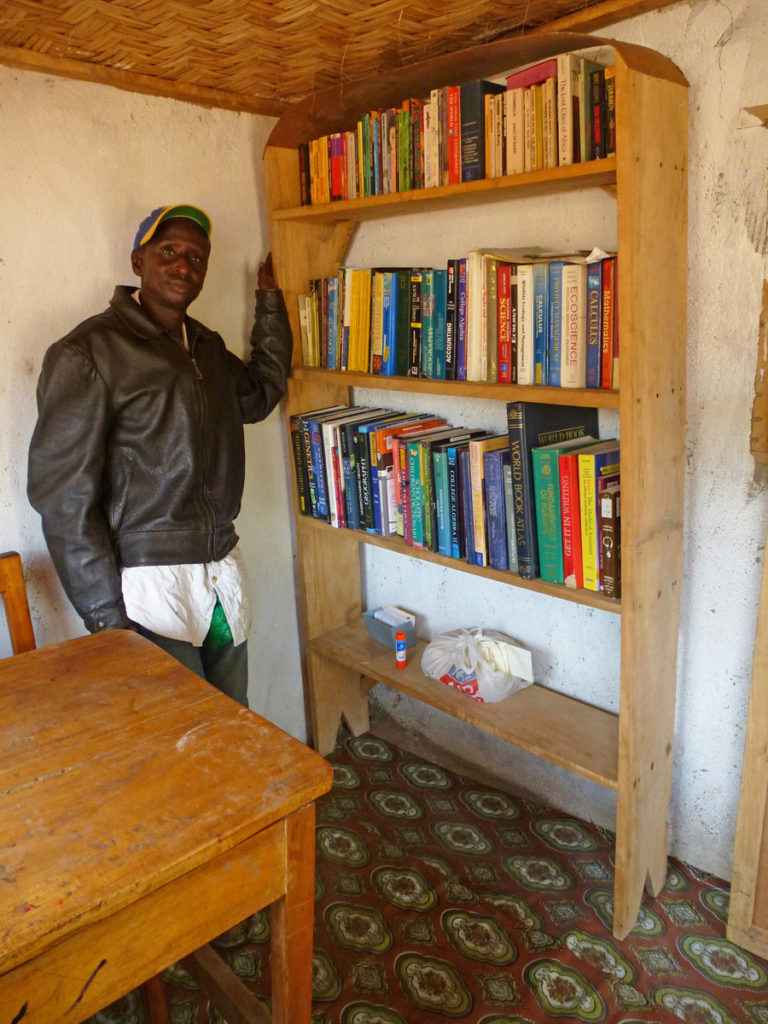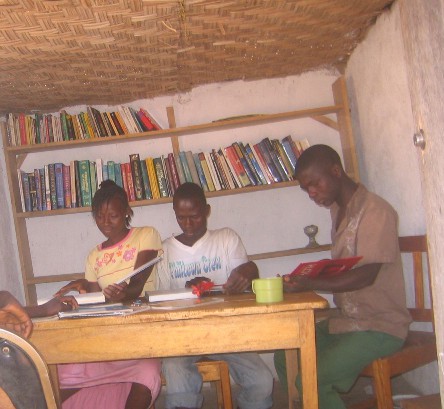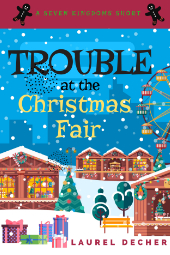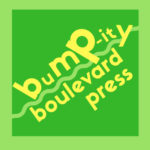
In 1775, James Boswell wrote, “A man will turn over half a library to make one book.” I’ve turned over half a dozen libraries in the service of my current work-in-progress, but library fever started much earlier. After all, where does anyone get the idea to write a book in the first place?
It all starts when you get a library card. I got mine as soon as I could write my first and last name in shaky capital letters. My family name had 9 letters, so it required some study.
The first library I remember vividly was in my elementary school. If I close my eyes, I see the tables and chairs, the built-in bookcases, the expanse of carpet and the steel knob you had to touch, after crossing the carpet, to get out of the library. I learned that the price of reading was shocking, but I paid it willingly, again and again.
The second library was in my Junior High School. Alphabetical fiction covered three walls and branched out into freestanding bookcases. I started with Joan Aiken’s MIDNIGHT IS A PLACE, Lloyd Alexander’s THE BLACK CAULDRON, Susan Cooper’s THE DARK IS RISING. . . and worked my way around. The school was overcrowded, troubled with drugs, and plagued by mashed potato shortages. Some days, we ate gravy for lunch. I didn’t mind the gravy, but the other things made me search for, and find, refuge in the library.
The third important library in my life was at the University of Utah. A friend had gotten a job, that paid money, to shelve books.
This was for me.
I filled the job application with volunteer orchestra ‘experience,’ hoping to suggest reliability. The gentle interviewer hired me because I’d rescued cassettes from our family tape recorder on long car trips. In the Audio-Visual Department, I played records and videotapes for people ten hours a week. A side effect came in the form of a dozen roses from a mysterious admirer at carrel #6. The only thing I knew about him—judging from the orange hair on his records—he had a cat. Libraries are full of people to meet.
In my fourth library, the Charles Babbage Institute, I met the inventor of the first hand-held calculator. The Institute needed a graduate student to transcribe an oral history (basically a recorded interview with the questions taken out) for Curt Herzstark. His name describes him perfectly: Herz and stark mean heart + strong.
Imprisoned in the Buchenwald concentration camp, he somehow got permission to invent things “after hours.” In his Austrian accent, he described the invention of his calculator. He talked about a calculator in the shape of a glorified pepper mill, ten hours a week, for a trimester or more. His voice stopped when I took the headphones off, but I felt the Buchenwald atmosphere for hours afterwards.
The fifth library to capture my imagination is the one belonging to the Walters Art Museum in Baltimore. They have 900 illuminated manuscripts from 300 B.C. to the 19th century. That’s a library. I washed my hands, checked my book bag at the door and promised to use nothing but pencil while I was in the room.
In return, I touched five books that were 1000 years old or more. The corners were soft and wrinkled—like a piece of leather that has been bent back and forth too many times—where the thumbs of the monks must have fit. They probably dripped tallow on them.
In exchange for writing my whole name and enduring the shock of a library door, I found a refuge, got a dozen roses, visited a concentration camp and the 11th century. That library card really paid off.
The sixth library is where it gets interesting. My husband researches bats and other small mammals in West Africa. A few years ago, his work took him to an isolated village in Sierra Leone with no school or library.
Friends have been generous with books of all kinds. In my husband’s office, there was—literally–half a library. The other half has grown over the years. The local field-biologist-turned-librarian built shelves to hold the books and put up a roof to shelter the readers.
Now the village has a little library. How long before some reader turns half of it over and writes a brand-new book?
I can’t wait to check it out.

References
Boswell, James. LIFE OF JOHNSON. New York:Oxford University Press, Inc. (Oxford World’s Classic Paperback). 1998, pg. 613.
This essay originally appeared in the January 2, 2009 issue of catapult magazine under the title “Half a Library.” The archives don’t seem to work.



